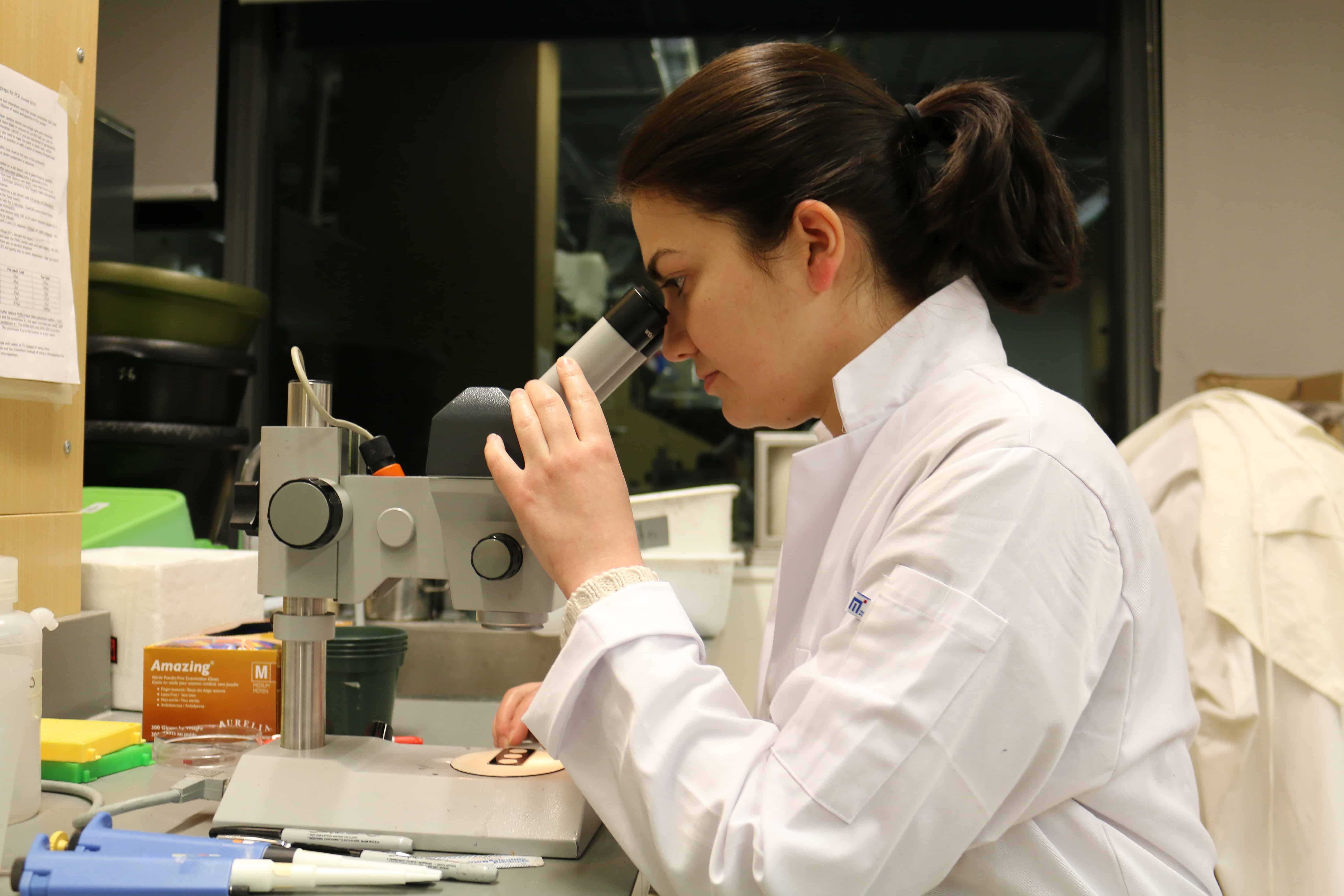In the sciences, objectivity is prized because it allows us to uncover truths without the stain of personal biases. However, the rigour of scientific objectivity has yet to dominate the working environment of STEM fields.
Over four years ago, researchers from Yale University asked science faculty from major research universities to rate fictitious applications for a laboratory manager position. Their findings, published in the Proceedings of the National Academy of Sciences, showed a persistent and pervasive bias against female applicants.
Male applicants were considered more competent and hirable than their identical female counterparts and benefited from higher starting salaries. This was true regardless of the faculty’s gender; female and male faculty were “equally likely to exhibit bias against the female student.”
Such cases of implicit bias aren’t unique to the United States. In Canada, countless small, sexist encounters are responsible for the steady flow of women out of STEM fields. This ‘death by a thousand cuts’ phenomenon is most evident in research awards and prizes.
For example, the $1 million Gerhard Herzberg Canada Gold Medal for Science and Engineering is awarded annually to a top Canadian scientist for “sustained excellence and overall influence of research work.”
Since its inception in 1991, only one woman has won the Herzberg Medal. Of 22 Canada Excellence Research Chairs, only one is held by a woman.
In 2015, the University of British Columbia’s Dr. Judy Illes and Dr. Catherine Anderson resigned from the selection committee for the Canadian Science and Engineering Hall of Fame because there were no female finalists for the second year in a row.
“For… big roles… women need to be identified and they need to be at the table identifying people,” said Michelle French, an Associate Professor in Physiology at the University of Toronto. “[N]etworking is really important for female scientists… so that when someone is thinking, ‘Oh I want, I need someone to talk about X at a conference,’ [women] get invited.”
At the micro-level, scientists need to recognize and take action against implicit bias. “As women in STEM fields, we need to really look out for each other, and not spread the implicit bias ourselves,” said Cat Schrankel, a graduate student in Immunology at the University of Toronto.
In the lab environment, women criticize one another for being ‘too done up’ and for wearing ‘too much makeup,’ as if a woman’s appearance can somehow undermine her ability to thrive in STEM fields.
For Schrankel, one of the most disappointing moments of her graduate career was when she was referred to as the ‘girl with the tight pants’ by a female Principal Investigator whom she had respected and admired.
“In terms of the overall environment for women in STEM fields… I think we all know there’s a bit of a double standard that’s often at play, and it’s not just from the men,” said Schrankel.
The bias against women is also apparent in the adjectives used to describe candidates in reference letters. Women are described as ‘warm,’ ‘kind,’ and ‘a pleasure to be around,’ while men are ‘brilliant’ and ‘outstanding’.
A study by Wayne State University showed that reference letters for female applicants are often shorter or incomplete, include gendered terms such as woman, lady and wife, and focus on interpersonal characteristics as opposed to skills or achievements.
“Someone could write a really glowing reference letter, but it could still be damaging if it’s using those [stereotypical adjectives],” said Brechann McGoey, a graduate student in Ecology and Evolutionary Biology at the University of Toronto.
In 2014, the Canada Research Chairs program amended its guidelines to address the issue of implicit bias. The guidelines recommend that referees restrict their comments to the requirements of the Chairs position, and that they avoid stereotypical adjectives such as ‘nurturing’ or ‘maternal.’
On a day-to-day basis, gender bias forces women to walk the line between appearing too feminine and incompetent, and too masculine and aggressive. In a report published by the University of California (UC) Hastings, 34 per cent of the female scientists surveyed reported feeling obliged to perform social and administrative tasks traditionally associated with women. 38 and 53 per cent reported adverse reactions against self-promotion and assertiveness respectively.
In an interview with Maclean’s, Joan Williams, the founding director of UC’s Center for WorkLife Law, said, “Women walk a tightrope. Either they’re seen as the office mother or dutiful daughter who’s there to put men first, or they’re seen as a bitch with a personality problem with whom nobody wants to work.”
Women in science also have to provide more evidence of their skill than men to be perceived as equally competent, a pattern known as the ‘Prove-It-Again’ bias.
Researchers from the University of Washington found that male undergraduates were more likely to be seen as competent and knowledgeable, and that male students tended to nominate other male students over female students. Female students on the other hand nominated male and female peers at equal frequency.
“It’s important for [female students] to get involved, to answer questions in class, to demonstrate that they have the knowledge, and as instructors, it’s important for us to give our female students as much voice as our male students,” said French.
Echoing, as in saying, “As Elizabeth just said,” is a way in which men and women in authority can affirm female students in male-dominated disciplines.
The negative experiences that women in STEM face each and every day are often far more powerful than any single discriminatory hiring practice. Altogether, they send the message that women aren’t qualified to work in the sciences.


